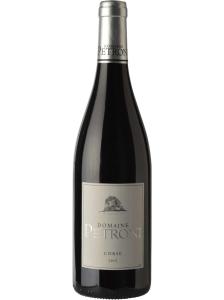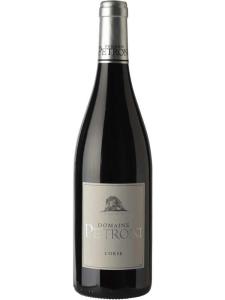Vin de Corse (or simply 'Corse') is the generic appellation of Corsica, an island located in the Mediterranean Sea between France and Italy. Although much closer to the Italian coast – and separated from Sardinia only by the narrow Strait of Bonifacio – the island has been under French rule since 1769.
The Vin de Corse appellation includes a number of sub-regions, corresponding to five main viticultural areas of Corsica: Porto-Vecchio, Figari, Sartene, Calvi and Cap Corse. The other key locations, Patrimonio and Ajaccio, also fall within the general Vin de Corse catchment area, but have had their own appellations since 1968 and 1984 respectively.
Vin de Corse wines are red, white and rose, with rose being the dominant color (as it is in Corsica's closest mainland wine region, Provence). About half of the wine is rose, one-third is red and the remainder is white, including a tiny quantity of sweet Vin Doux Naturel made under the Muscat du Cap Corse title.
The primary grape varieties used in the reds and rosés are Grenache, Sangiovese (known here as Nielluccio) and Sciaccarello. They are bolstered by the traditional Corsican varieties Aleatico, Barbarossa, Carcajolo Nero and Minustello (Graciano) as well as Mourvedre, Cinsaut and Carignan from southern France. The white wines are predominantly produced from Corsica's key white grape, Vermentino (which is also used to lift the roses), along with Biancu Gentile and Ugni Blanc.
Corsica's climate is, of course, Mediterranean and sub-tropical; the island sits only a couple of degrees north of the 40th parallel. With higher sunshine levels than any part of mainland France (and correspondingly low rainfall), the growing season is well suited to productive viticulture; harvest conditions, in particular, are generally excellent. That said, the mountainous topography creates many varied mesoclimates, emphasizing and moderating the various climatic influences which result from the island's latitude, maritime location and altitude.



